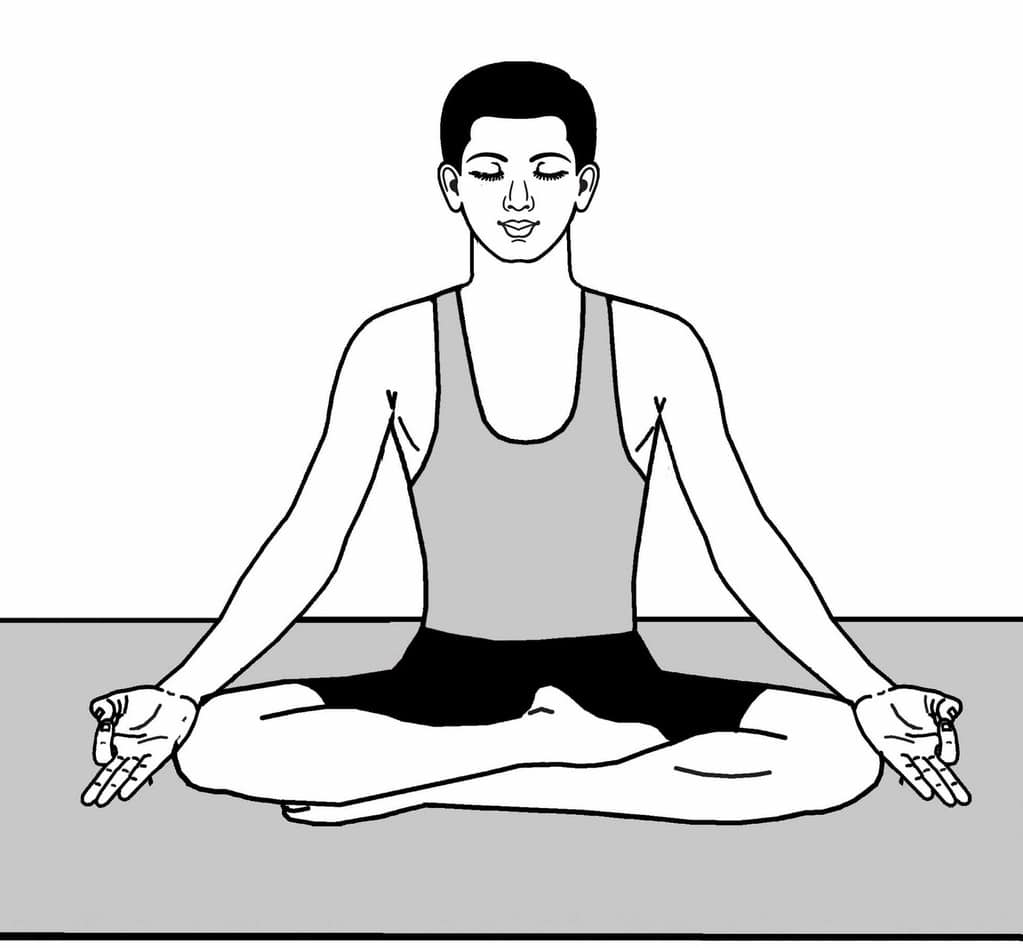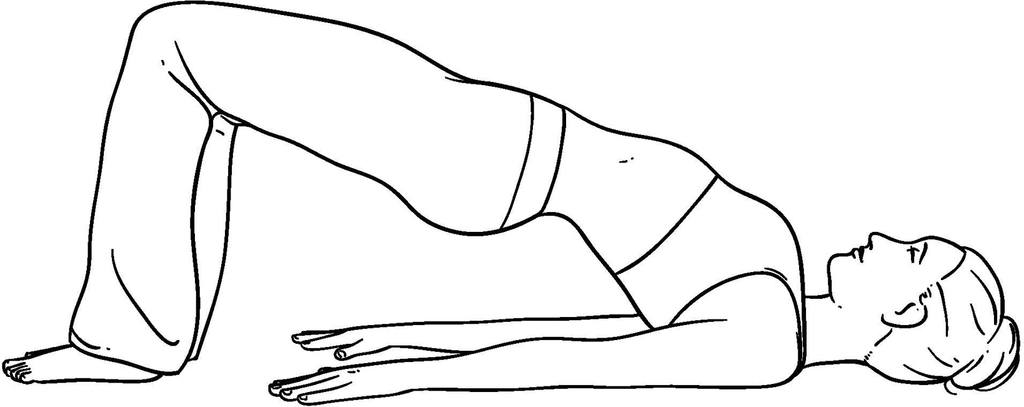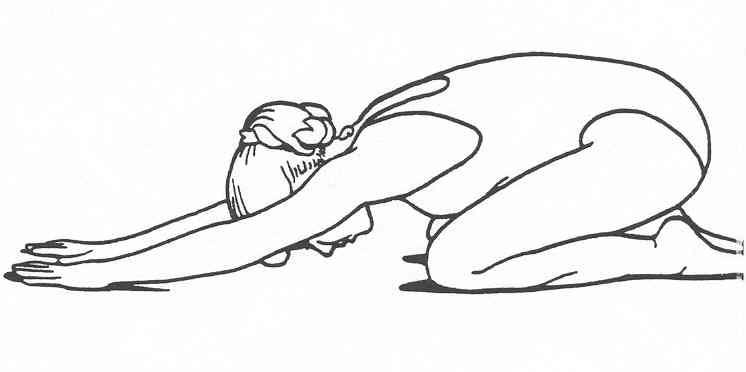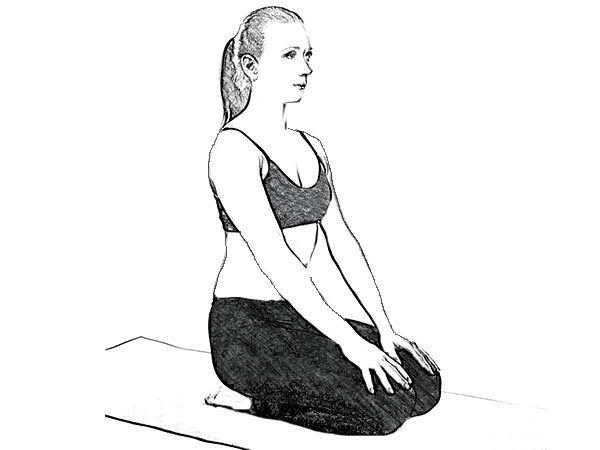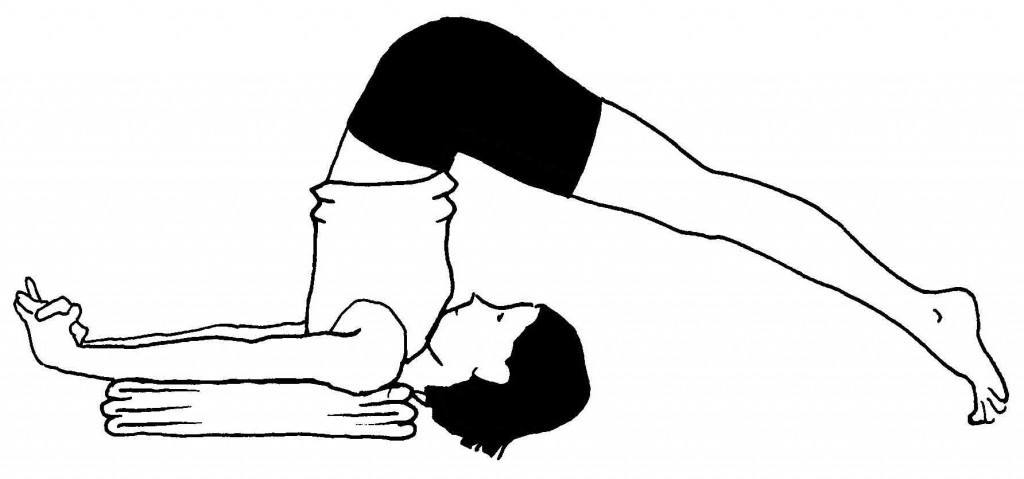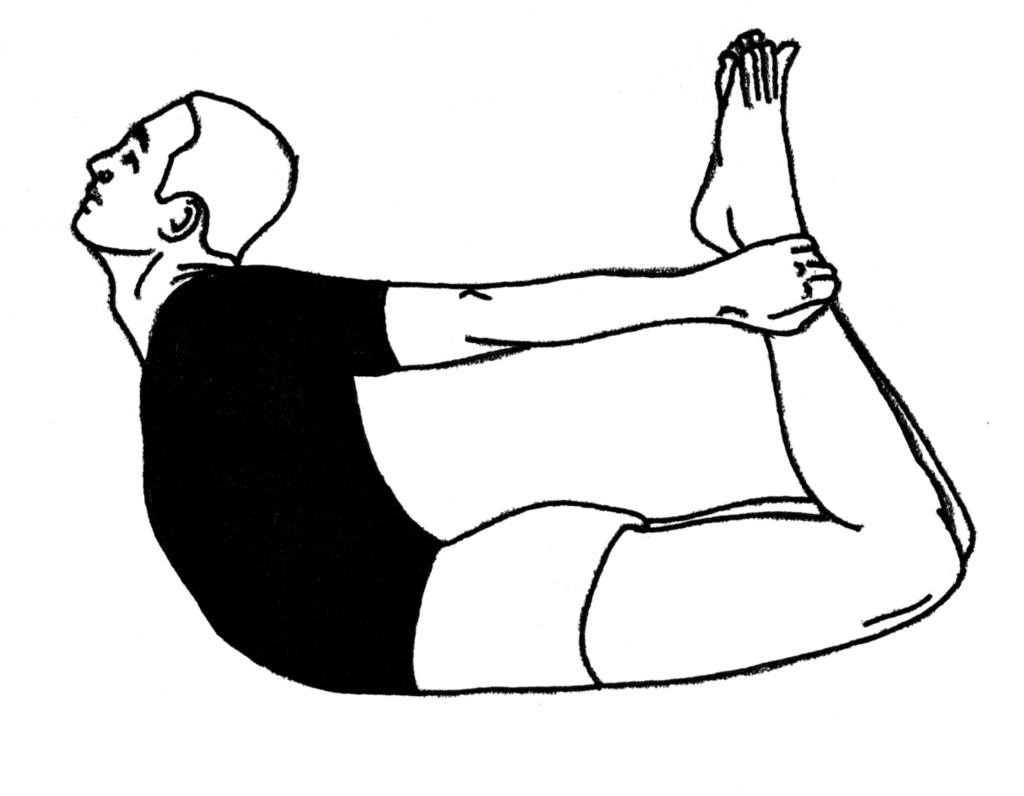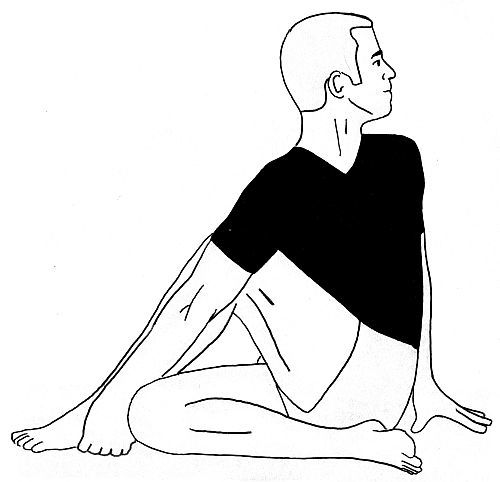Certain yoga poses twist and turn the thoracic and lumbar regions of the body – the area where the pancreas is located. As a result, they improve insulin production and reduce blood glucose.
What’s more, yoga positively affects your parasympathetic nervous system. The poses help reduce the stress hormones, and as you know, stress increases blood sugar. If practiced correctly, yoga poses massage the organs, rejuvenate the cells, and improve blood supply.
Also, it slows down the process of fat accumulation, thus aiding weight loss. And, maintaining optimal weight is an important part of diabetes management.
Best 9 Yoga Poses for Better Glucose Readings
1. Pranayam (Control of Breath)
Sit cross-legged on the floor with your back straight, chin parallel to the ground, and hands placed on the knees. Close your eyes and turn your palms upwards.
Take a deep breath and hold it for 5 counts. Breathe out slowly. Do this at least 10 times. Then, rub your palms together and place them on your eyes while still warm. You can now open your eyes. Adding moments of relaxation like 의정부출장마사지 can further enhance this simple routine and leave you feeling even more refreshed.
2. Setu Bandhasana (Bridge Pose)
The bridge pose helps balance blood pressure, improve digestion, relax the mind, stretch the neck and spine, and relieve menopause symptoms.
Lie on your back and place your feet on the floor. Breathe out and lift your back off the floor while your feet remain flat. Your head and neck should stay flat on the floor while the rest of your body is in the air.
For additional support, push down with your hands. Still, be careful not to hurt yourself while doing this stretch, especially if you have a back or neck injury.
3. Balasana (Child’s Pose)
This pose is great for relieving stress and lower back pain from sitting for too long.
Kneel on the mat, sitting on your heels. Then, spread your thighs hip-width apart and breathe out, bending forward until your torso lays between your thighs. Stretch your back by extending your arms in front of you. If you are flexible, you can also place your forehead on the mat. But, don’t push yourself too hard.
Breathe at a normal pace while in this position which can last up to 3 minutes. However, don’t do this yoga pose if you have diarrhea, a knee injury, or you’re pregnant.
4. Vajrasana (Diamond Pose)
This asana relaxes the mind and stimulates digestion.
Kneel on the floor with your legs touching each other and heels facing upwards. Then, sit on your heels gently and let your thighs rest on your calf muscles. Put your hands on the knees with palms faced downward, and close your eyes.
Now, take deep breaths at a steady rate, and concentrate on your breathing.
5. Sarvangasana (Shoulder Stand Pose)
The shoulder stand pose helps improve the function of your thyroid gland. And, as you may know, the thyroid gland is responsible for the proper functioning of the nervous, digestive, and reproductive systems, as well as regulating the respiratory system and metabolism.
What’s more, it provides a good supply of oxygen and blood to the spine, thus fighting nervous system disorders.
Lie flat on your back and start slowly lifting your legs until they are fully extended. Then, support your back and hips with your hands and lift your body so that you come high up on the shoulders. Breathe slowly and pull your chin toward your chest.
Also, make sure you are touching the floor with your elbows. Remain here for as long as you can, but don’t wait to start feeling uncomfortable.
Then, slowly lower your body to return to the initial position. But, if you suffer from a spinal or neck injury, you shouldn’t do this pose. Also, those with hypertension should do this stretch only under supervision.
6. Halasana (Plow Pose)
The plow pose helps improve bad posture, especially from prolonged sitting. Moreover, it improves the function of the parathyroid glands, thyroid glands, abdominal organs, and lungs. Also, it improves the hormonal balance, digestion, and blood flow to your face and head.
Lie on your back and extend your legs. Then, bend your knees with your arms by your side and feet flat on the floor. Next, slowly lift your legs, bending them at the hips which are supported by your hands all the time.
Try to touch the mat behind your head with your toes, and place your arms flat on the floor. Exhale while raising your body. Then, roll your back onto the mat slowly, inhaling on the way down.
However, avoid doing this pose if you have hypertension, neck injury, diarrhea, spleen, and liver disorders and if you have menstruation at that moment.
7. Dhanurasana (Bow Pose)
The bow pose relieves stress and fatigue, constipation, menstrual pain while stimulating the reproductive organs and strengthening your spine and back.
Lie on your stomach and spread your feet a little, while your arms rest beside your body. Then, fold your knees and use your hands to grab the ankles. Inhale and raise your chest off the floor, pulling your legs up and back.
Fix your gaze directly before you and try to remain stable while focusing on your breathing.
Continue breathing deeply and relax for 15 to 20 seconds. Then, bring your chest and legs slowly to the floor while breathing out, and release your ankles.
However, avoid this asana if you are pregnant or you have a neck injury, lower back pain, migraine, headache, hernia, high or low blood pressure, a recent abdominal surgery.
8. Ardha Matsyendrasana (Half Lord of the Fishes Pose)
This pose strengthens the abdomen and spine, gently massaging the liver to improve insulin secretion.
Sit on the mat with your legs extended in front of you. You can sit on a folded blanket for better support. Then, fold your knees and place your feet on the mat. Slide your right foot under the left leg to the outside of the left hip.
The outside of your right leg should lay on the mat. Next, step your left foot over the right leg and stand it on the mat outside the right hip. Make sure your left knee points right up at the ceiling.
Breathe out and twist toward the inside of the left thigh. Now, press your left hand against the mat right behind your left buttock, and place your right upper arm on the outside of the left thigh beside the knee. Then, pull your inner left thigh and front torso snugly together.
Now, press your inner left foot against the mat and release the left groin, lengthening the front part of your torso. Then, lean the torso a bit backward against your shoulder blades, extending the tailbone into the mat.
Turn your head left or right. With every breath, you take, lift a bit more through the sternum, pressing the fingers against the map to help. Also, try to twist a bit more with every breathing.
However, don’t concentrate the twist only in your lower back, but distribute it evenly throughout the entire spine. Hold for 30-60 seconds, and then release while breathing out. Finally, return to the initial position and do the same thing with the opposite side.
9. Reclining Double Leg Twist
This pose relaxes the mind as well as the muscles of the back.
Lie flat on the mat and stretch your arms horizontally in line with your shoulders. Then, bring your feet close to your hips by folding your knees, making sure the soles are fully on the floor. Now, swing your knees to the right until your right knee touches the floor.
Keep the left thigh and knee resting on the opposite ones. At the same time, turn your head to the left, looking at your left palm while both of your shoulder blades should touch the floor.
Stay here for a few minutes and then slowly strengthen your torso and legs while returning your head to the center. Repeat the same thing on the opposite side. However, don’t do this pose if you have a spinal injury.

